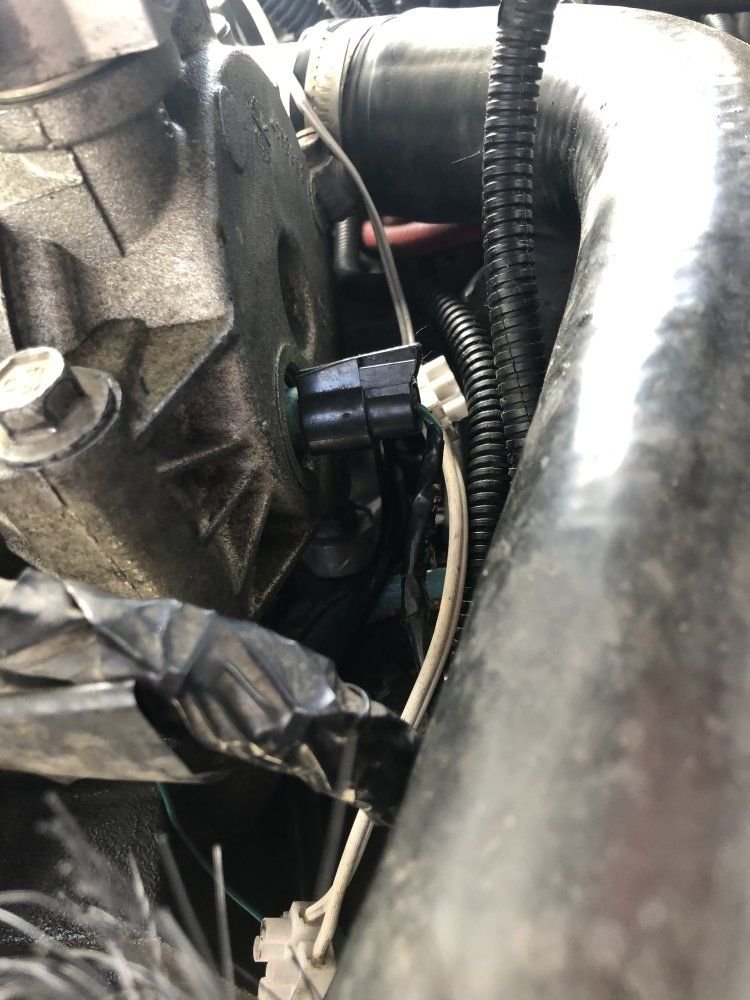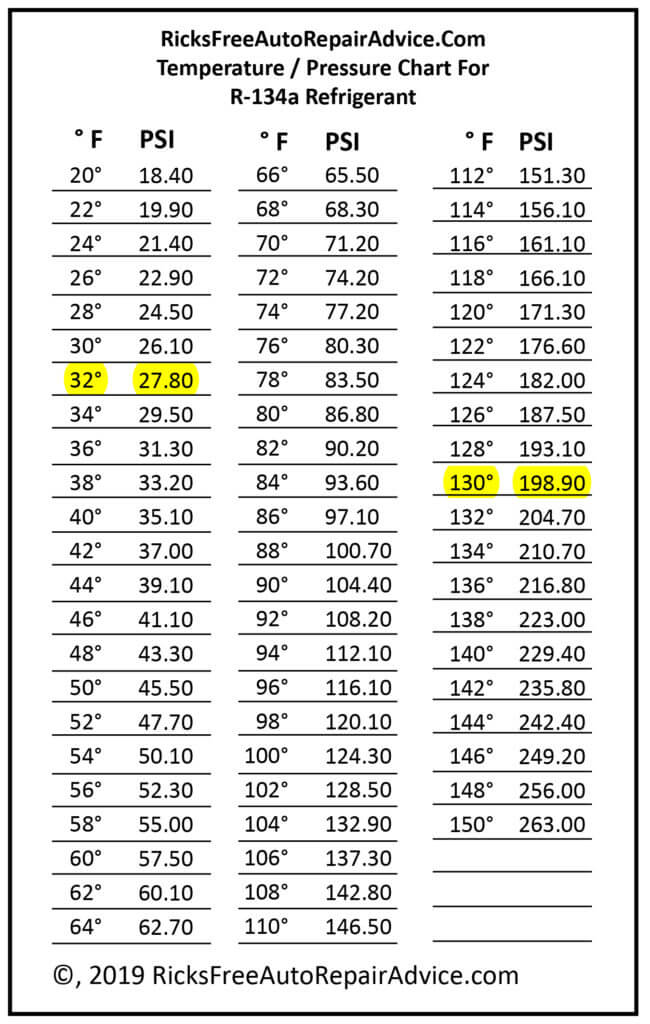dbrannon79
I'm getting there!
for keeping saftey in mind, this sensor / switch in this pic is your high pressure compressor cut off. if pressures get way too high, it will turn the compressor off to keep from damaging the system or blowing a hose. you don't want to mess with this one or replace it with something else like I did on mine. you can test it to make sure that is the compressor cut off by doing the same as mentioned above with the jumper wire. key on engine off, disconnect the plug. iirc just disconnecting it will turn the compressor off, but if not, use the jumper wire on the harness connector. only the clutch with disengage / engage.
a re-post of your compressor cut off sensor / switch

a re-post of your compressor cut off sensor / switch


